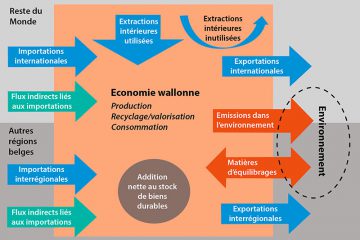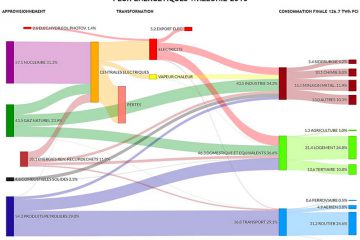
Our other services in
diagnostics and evaluation
Statistical data processing for balance sheet and survey design purposes
A survey is a method for the collection of primary data method conducted using a questionnaire administered to a sample from a target population. Once the data have been collected, they are statistically analysed to ultimately produce assessments of trends observed.
The starting point for the creation of a survey is an understanding of the data that one wishes to obtain in order to be able to define on the one hand the audience to target and on the other hand the type of question to ask. After sending the questionnaires to the target audience, it is a matter of analysing the quality of the responses obtained and issuing reminders if the response rate is insufficient in respect of the variation of responses and the level of confidence that one wishes to achieve.
The data are then collected and structured within a documented database. Next, a descriptive analysis of this data shows the variability of the dataset and, where appropriate, highlights any outliers, which will be corrected or will be determined as exceptional in nature.
Once the data are validated, various statistical analyses can be applied to the dataset to highlight explanatory factors for observed trend variations, model future variations or fill the holes in historical data series. The assessment made at the end of the process makes it possible to explain the observed trends and place them in their own context.
The ICEDD offers a comprehensive service for survey design, validation and data analysis and interpretation. Offering this comprehensive service makes it possible, for example, to:
- Propose representative samples of the population to be surveyed (random or stratified sample);
- Adjust the sample during the survey if the response rate is insufficient in respect of the variation in the responses observed to regard to the variation in the responses observed and the level of confidence in the responses that one wishes to achieve;
- Target the right questions to ask to limit the time spent answering the questionnaire and thereby obtain a better response rate.















